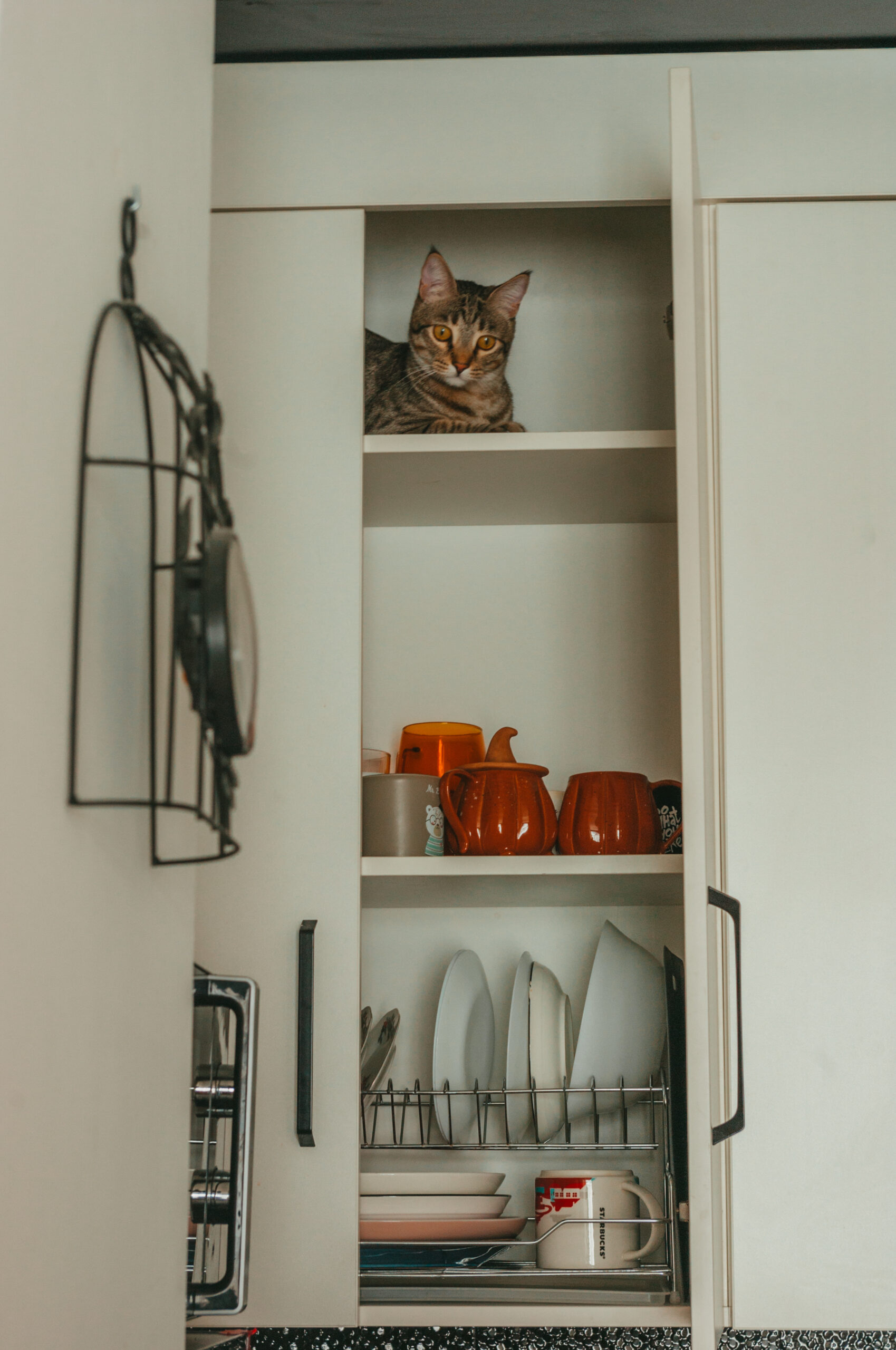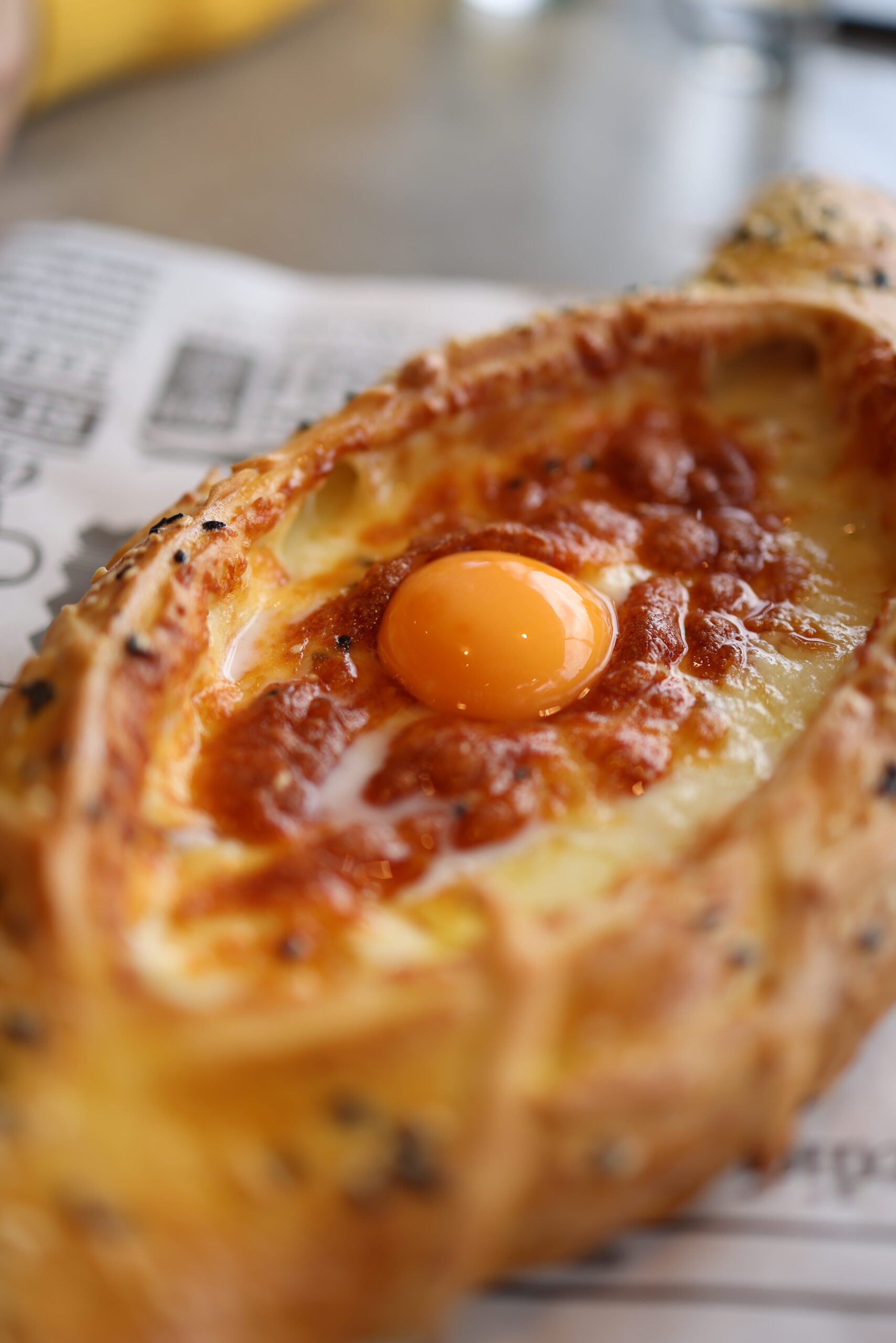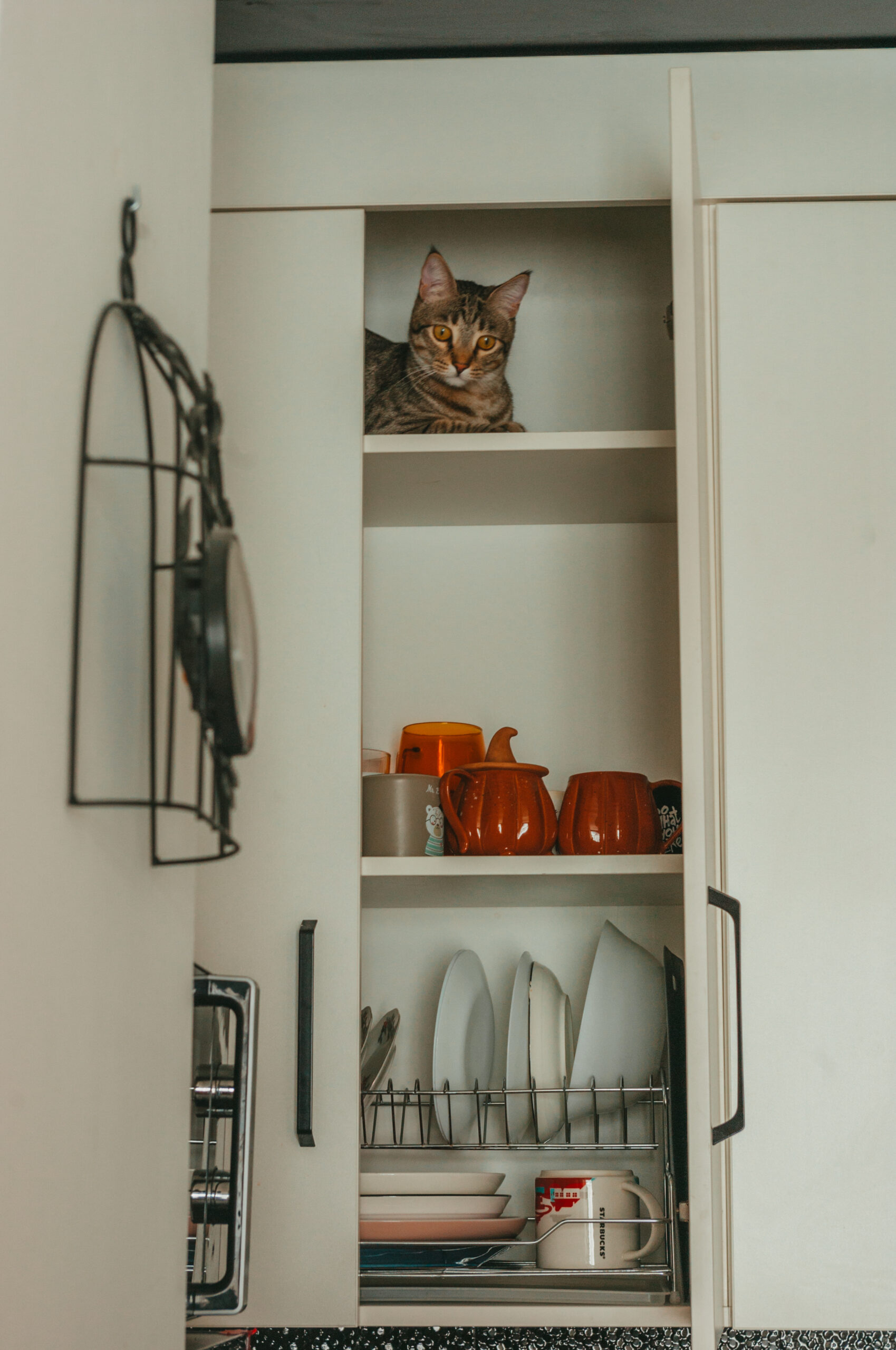If you’re diving into the world of cooking for the first time, having the right tools can make all the difference. That’s why we’ve put together a guide to the essential cooking utensils for beginners. From spatulas and tongs to measuring cups and knives, these kitchen essentials will help you navigate your way through recipes with ease and confidence. So whether you’re a novice in the kitchen or just looking to upgrade your current collection, we’ve got you covered. Let’s get cooking!

1. Knives
When it comes to cooking, having a good set of knives is essential. Knives are the workhorses of the kitchen, and having the right ones can make a world of difference in your food preparation. Here are five types of knives that every beginner cook should have in their kitchen:
1.1 Chef’s Knife
A chef’s knife is the most versatile and important knife in any kitchen. It is a multi-purpose knife that can be used for chopping, slicing, and dicing fruits, vegetables, and meats. The blade of a chef’s knife is typically between 6 and 12 inches long, and it has a curved edge that allows for a rocking motion when cutting. Investing in a high-quality chef’s knife will make your cooking experience much easier and more enjoyable.
1.2 Paring Knife
A paring knife is a small, sharp knife that is perfect for intricate tasks like peeling and trimming fruits and vegetables. It has a thin, pointed blade that allows for precision and control. Whether you’re peeling an apple or deveining shrimp, a paring knife is a must-have in any kitchen.
1.3 Utility Knife
A utility knife is a versatile knife that can handle a wide range of tasks. It is smaller than a chef’s knife but larger than a paring knife, making it perfect for slicing, dicing, and mincing smaller ingredients like garlic and shallots. It is also great for slicing sandwiches and other mid-sized items. If you’re looking for a knife that can do it all, a utility knife is a great option.
1.4 Bread Knife
If you love baking homemade bread or enjoy a fresh loaf from the bakery, a bread knife is a must-have. Its long, serrated blade allows for easy slicing through even the crustiest of breads without squashing or tearing. A good bread knife will ensure that you can enjoy perfectly sliced bread every time.
1.5 Santoku Knife
The Santoku knife is a Japanese knife that has become increasingly popular in Western kitchens. It is similar to a chef’s knife but has a shorter, wider blade and a straighter cutting edge. The word “Santoku” itself means “three virtues” in Japanese, referring to its ability to handle three types of cutting tasks: slicing, dicing, and mincing. The Santoku knife is known for its versatility and is a great addition to any kitchen arsenal.
2. Cutting Boards
Now that you have a set of knives, it’s important to have a good cutting board to go along with them. Cutting boards provide a stable surface for cutting, chopping, and slicing ingredients, and they help protect your countertops from damage. Here are three types of cutting boards that are commonly used in kitchens:
2.1 Plastic Cutting Board
Plastic cutting boards are affordable, lightweight, and easy to clean. They come in a variety of colors, which can be helpful for preventing cross-contamination when working with different types of ingredients. Plastic cutting boards are also less likely to harbor bacteria than wooden cutting boards, making them a popular choice among home cooks.
2.2 Wooden Cutting Board
Wooden cutting boards are not only functional but also add a touch of elegance to your kitchen. They are durable, long-lasting, and gentle on knife blades, making them a favorite among professional chefs. Wooden cutting boards require more maintenance than plastic ones, as they need to be oiled regularly to keep them from drying out and cracking. However, with proper care, a wooden cutting board can last for years.
2.3 Bamboo Cutting Board
Bamboo cutting boards have become increasingly popular in recent years due to their eco-friendly nature. Bamboo is a fast-growing, renewable resource, making it a sustainable choice for those conscious of their environmental impact. Bamboo cutting boards are also durable, easy to clean, and gentle on knife blades. They offer similar benefits to wooden cutting boards but with the added bonus of being an eco-friendly option.

3. Mixing Bowls
When it comes to cooking and baking, having a set of mixing bowls is essential. Mixing bowls are used for combining ingredients, whisking, and even marinating. Here are three types of mixing bowls that are commonly used:
3.1 Stainless Steel Mixing Bowls
Stainless steel mixing bowls are durable, non-reactive, and easy to clean. They are great for mixing both hot and cold ingredients, as they won’t retain odors or flavors. Stainless steel mixing bowls are also resistant to stains and scratches, making them a long-lasting choice for any kitchen.
3.2 Glass Mixing Bowls
Glass mixing bowls are a classic choice that offers both functionality and elegance. They are microwave and oven safe, making them versatile for various cooking and baking needs. Glass mixing bowls are also easy to clean and do not retain odors or flavors. They come in a variety of sizes, making them perfect for any recipe.
3.3 Ceramic Mixing Bowls
Ceramic mixing bowls are known for their beauty and charm. They come in various colors and patterns and can add a pop of style to your kitchen. Ceramic bowls retain heat well, which makes them great for mixing ingredients that require a specific temperature. They are also microwave and oven safe, making them suitable for cooking and baking.
4. Measuring Cups and Spoons
Accurate measurements are crucial in cooking and baking. Having a set of measuring cups and spoons ensures that you can follow recipes precisely and achieve consistent results. Here are three types of measuring cups and spoons that every cook should have:
4.1 Liquid Measuring Cups
Liquid measuring cups are designed with a spout and are used to measure liquids such as water, milk, and oil. They typically have measurements in both ounces and milliliters to accommodate different recipe requirements. Look for liquid measuring cups with clear markings and a comfortable handle for easy pouring.
4.2 Dry Measuring Cups
Dry measuring cups are used to measure dry ingredients such as flour, sugar, and spices. They usually come in a set of different sizes, including 1/4 cup, 1/3 cup, 1/2 cup, and 1 cup. Dry measuring cups should have flat tops, allowing you to level off the excess ingredients with a straight edge.
4.3 Measuring Spoons
Measuring spoons are used to measure small amounts of ingredients such as baking powder, salt, and vanilla extract. They typically come in a set that includes measurements for teaspoons and tablespoons. Look for measuring spoons made of stainless steel, as they are durable and easy to clean.

5. Whisk
A whisk is a versatile kitchen tool that is used for blending, whisking, and beating ingredients together. Whether you’re whipping cream, making scrambled eggs, or mixing up a salad dressing, a whisk is an essential utensil to have in your kitchen. Here are three types of whisks that are commonly used:
5.1 Balloon Whisk
A balloon whisk, also known as a wire whisk, is the most common type of whisk. It has wire loops that are designed to trap and incorporate air into your ingredients, making it ideal for whipping cream, beating eggs, and creating light and airy batters. Balloon whisks come in various sizes, so choose one that suits your needs.
5.2 Flat Whisk
A flat whisk, also known as a roux whisk or a sauce whisk, is ideal for making sauces, gravies, and roux. It has a flat shape with wider wire loops that are perfect for reaching into the corners of pots and pans. Flat whisks are also great for deglazing pans and ensuring even heat distribution.
5.3 French Whisk
A French whisk, also known as a piano whisk or a chef’s whisk, is a versatile whisk that can be used for a wide range of tasks. It has a long, narrow handle and tapered wires, making it easy to whisk in narrow containers and emulsify dressings. French whisks are great for blending ingredients together and creating smooth mixtures.
6. Spatulas
Spatulas are one of those versatile kitchen tools that you can never have too many of. They are great for a variety of tasks, from flipping pancakes to scraping bowls clean. Here are three types of spatulas that are commonly used:
6.1 Silicone Spatula
Silicone spatulas are heat-resistant, flexible, and non-stick, making them perfect for use in pots, pans, and baking trays. They can withstand high temperatures without melting or warping, and they are gentle on delicate surfaces. Silicone spatulas are also great for scraping every last bit of batter or sauce from bowls and containers.
6.2 Metal Spatula
Metal spatulas, also known as turners, are ideal for flipping and lifting foods such as burgers, pancakes, and fish fillets. They have a thin, flexible blade that can easily slide under delicate foods without breaking them. Metal spatulas are typically made of stainless steel, which makes them durable and easy to clean.
6.3 Rubber Spatula
Rubber spatulas, also known as scraping spatulas, are perfect for scraping bowls, jars, and pans clean. They are flexible, heat-resistant, and gentle on non-stick surfaces. Rubber spatulas come in various sizes, so you can choose one that fits the task at hand. They are also great for folding ingredients together and spreading frosting.
7. Tongs
Tongs are an indispensable tool in the kitchen when it comes to handling and serving food. They provide a secure grip, allowing you to easily flip, turn, and lift hot foods without burning yourself or damaging them. Here are three types of tongs that every kitchen should have:
7.1 Stainless Steel Tongs
Stainless steel tongs are durable, heat-resistant, and dishwasher safe, making them a staple in many kitchens. They come in various lengths and styles, from short tongs for serving salads to long tongs for grilling. Stainless steel tongs are versatile and can be used for a wide range of tasks, from tossing pasta to flipping steaks.
7.2 Silicone Tongs
Silicone tongs offer the same versatility as stainless steel tongs but with the added benefit of being non-slip and non-scratch. The silicone tips provide a secure grip on food without damaging non-stick pans or delicate ingredients. Silicone tongs are also heat-resistant and dishwasher safe, making them easy to clean and maintain.
7.3 Locking Tongs
Locking tongs, also known as self-locking tongs or kitchen tongs, have a mechanism that allows you to lock them in a closed position for easy storage. This feature makes them compact and space-saving, perfect for small kitchens or when you have limited drawer space. Locking tongs come in various materials, including stainless steel and silicone.
8. Wooden Spoon
A wooden spoon is a classic kitchen tool that every cook should have. It is perfect for stirring, mixing, and scraping, and it won’t scratch or damage cookware. Here are three types of wooden spoons that are commonly used:
8.1 Beechwood Spoon
Beechwood spoons are a popular choice due to their durability and natural beauty. They are heat-resistant and won’t absorb flavors or stains. Beechwood spoons are great for stirring sauces, batters, and soups, as their smooth surfaces won’t scratch or damage your cookware.
8.2 Olive Wood Spoon
Olive wood spoons are known for their unique grain patterns and rich color. They are not only beautiful but also durable and resistant to stains and odors. Olive wood spoons are perfect for stirring and serving, and their long handles allow for comfortable use in deep pots and bowls.
8.3 Bamboo Spoon
Bamboo spoons are eco-friendly, sustainable, and lightweight. They are resistant to water and heat, making them suitable for stirring hot liquids and foods. Bamboo spoons are also naturally antimicrobial, which means they are less likely to harbor bacteria. They are easy to clean and maintain, and their long lifespan makes them a great investment.
9. Colander/Strainer
A colander, also known as a strainer, is a must-have tool for draining liquid from foods such as pasta, vegetables, and fruits. It allows you to separate the food from the liquid, ensuring that your dishes are not watery or soggy. Here are three types of colanders/strainers that are commonly used:
9.1 Stainless Steel Colander
Stainless steel colanders are durable, easy to clean, and resistant to staining and rusting. They come in various sizes and styles, from small handheld colanders to large bowl-shaped ones. Stainless steel colanders have evenly distributed holes that allow for quick and efficient draining of liquids while keeping the food intact.
9.2 Plastic Colander
Plastic colanders are lightweight, affordable, and resistant to breaking or chipping. They are available in a wide range of colors and styles, making them a fun addition to your kitchen. Plastic colanders are also dishwasher safe and easy to store, making them a practical choice for everyday use.
9.3 Mesh Strainer
Mesh strainers are fine sieves that are perfect for straining liquids, sifting dry ingredients, and removing impurities from sauces and soups. They have a mesh-like surface that allows for precise straining without letting small particles through. Mesh strainers come in various sizes, so you can choose one that best suits your needs.
10. Can Opener
A can opener is a simple yet essential tool for opening canned goods. Whether you’re opening a can of soup, vegetables, or beans, a good can opener can make the process quick and effortless. Here are two types of can openers that are commonly used:
10.1 Manual Can Opener
A manual can opener is the classic choice for opening cans. It consists of two arms that grip the can’s lid and a turning mechanism that cuts through the lid as you rotate the handle. Manual can openers are compact, easy to use, and don’t require any electricity. They are great for everyday use and are a staple in most kitchens.
10.2 Electric Can Opener
An electric can opener is a convenient option that takes the effort out of opening cans. It operates with the push of a button, making it ideal for those with limited hand strength or mobility. Electric can openers are easy to use and require minimal physical effort. However, they are bulkier and require electricity to function.
In conclusion, having the right cooking utensils can greatly enhance your culinary experience. From knives to cutting boards, mixing bowls to measuring cups, and whisks to spatulas, investing in high-quality kitchen tools will make your time in the kitchen more enjoyable and efficient. With these essential utensils, you’ll be well-equipped to tackle any recipe and create delicious meals for yourself and your loved ones. Happy cooking!

